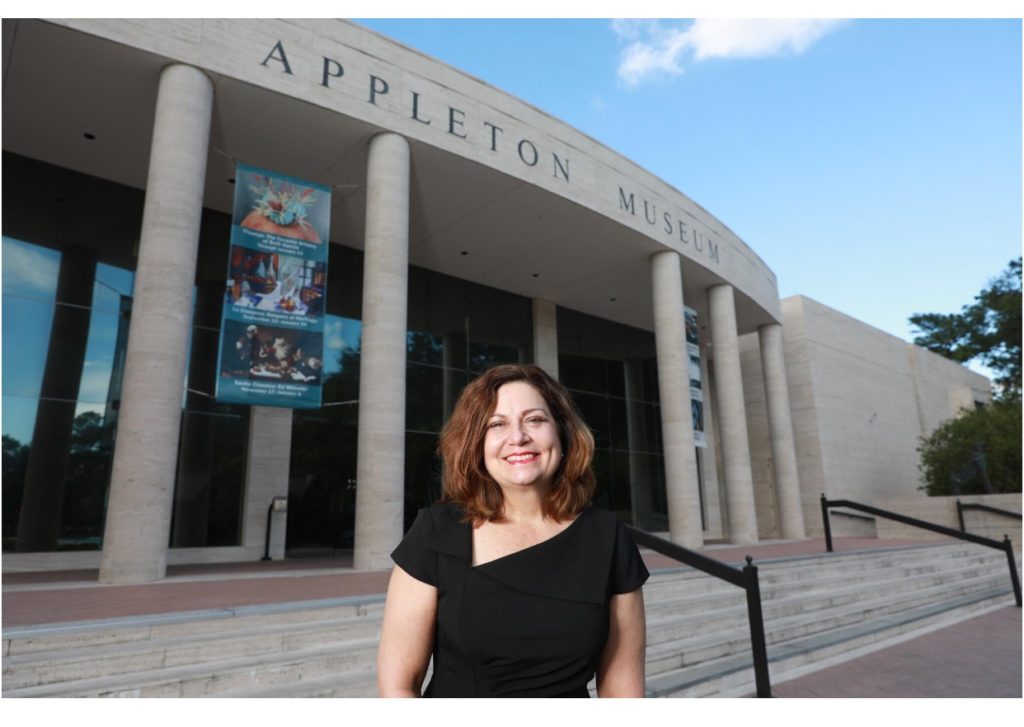 As curator of the Appleton Museum of Art, one of the many questions I’m regularly asked is, “What exactly is a curator, anyway?”
As curator of the Appleton Museum of Art, one of the many questions I’m regularly asked is, “What exactly is a curator, anyway?”
It’s a good question, so don’t feel bad if you don’t know either. The word “curator” has been co-opted by popular culture to mean something quite different than the definition. According to the Oxford English Dictionary, a curator is “a person in charge of a department of a museum or other place where objects of art, science or from the past are collected.” Actual curation requires advanced degrees, research and writing skills, often knowing multiple languages and a lot of hard work specializing in specific disciplines.
On the job, museum curators wear many hats. For example, it’s not enough to know about art; you’ll also need to know about the historical significance of the art and how one artwork relates to another. You’ll need to have a good feel for three-dimensional space to know which artworks will fit where and what color on a gallery wall will show the artwork to its best advantage. Every decision I make in the Appleton galleries has to both make sense from a historical art perspective and also be pleasant to look at. Because of this, it’s very hard for me to describe a typical day, as one day is so different from the next. Some days I will be in jeans and a T-shirt installing artwork with my curatorial staff, while other days I will be at my desk researching permanent collection artworks and writing about them, or I might be teaching and giving lectures.
Most museums have both permanent collection objects—the things that are actually owned by the museum—and traveling exhibitions, which are shows that are rented for a specific period of time and then go on to the next venue. Traveling exhibitions can be loaned from other museums or from professional museum exhibition companies that are in the business of creating shows and traveling them.
The majority of our permanent collection objects were gifted to the Appleton Museum by its founder, Arthur I. Appleton, an avid art collector who wanted to share his incredible collection with Ocala and beyond. Most museums worldwide do not have the funds to buy priceless works of art and rely on the generous gifts of collectors and donors to put together the incredible collections they create. In addition, museums rely on memberships in order to exist, and we are very thankful for the ongoing support of our members.
Look for more information on the Appleton Museum’s exhibits and what I’ve been up to in next month’s Curator’s Corner column.






